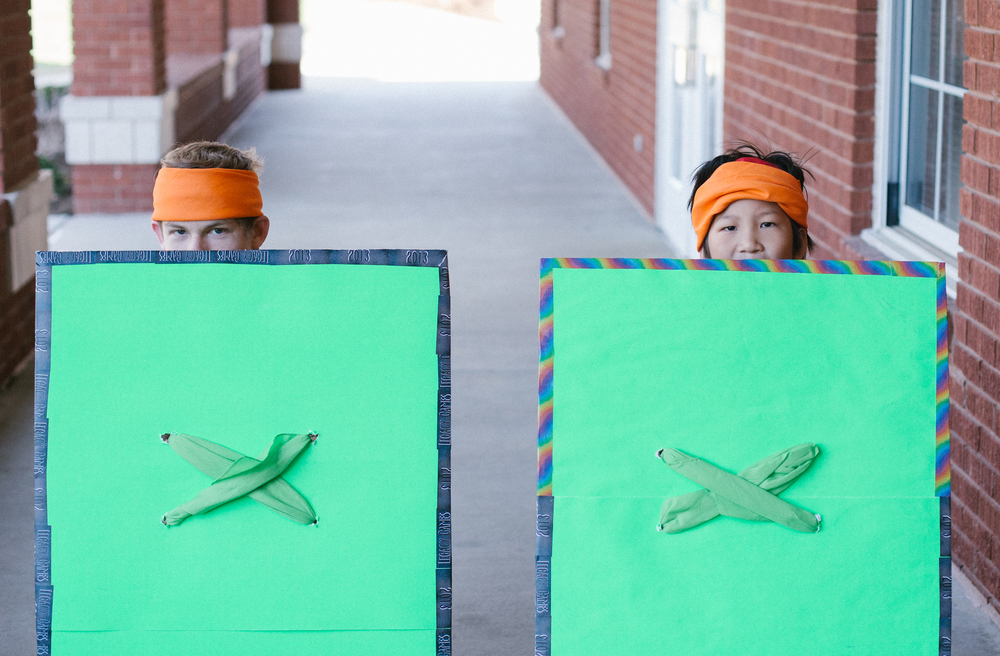
By Hannah Schultz, News Editor
Last Man Standing (LMS) is Asbury’s own version of Humans vs. Zombies (HvZ), where bandana-clad students run around campus for a week defending themselves from other students with Nerf guns and balled-up socks. However, the name isn’t the only difference between LMS and HvZ: Asbury has invited children from the community into the game in order to foster mentor-like relationships between players.
HvZ began in 2005 at Goucher College and has since grown into an international phenomenon, played at camps and universities on every continent except Antarctica. However, what defines this grown-up game of tag is that it is geared towards young adults—specifically college students.
Asbury sought to change that. “Since its inception, Asbury has allowed children to participate in LMS,” said Jonathan Manrique, LMS coordinator. “We love for the kids to be able to play LMS with us, because we hold that the purpose of this game is not only about playing a game or winning, but building friendships among students and our community.”
In 2015, children were more involved in the game than ever before. “This year, due to the timing of spring break of the local schools, we had more children than in years gone by,” said Manrique. “Many of these children were the children of our professors and staff.”
While safety is a concern when playing a game involving intense chases, Matt Winters, a moderator, emphasized that preventing injuries was the number-one priority of the organizers. Manrique also indicated that there was an established protocol in case of children getting hurt.
“Even before the game begins, all participants and parents of child participants are informed of the rules and asked to sign a contract agreeing to follow them,” he said. “Though the game is not violent, accidents can happen when people run. It especially may happen if participants fail to follow the rules. In the exception that a child gets hurt, first the child is looked at and the injury assessed. If the injury were to be beyond a minor scrape, moderators have access to the emergency contact information and would inform parents.”
Students were told to go easy on the children, and the moderators made the decision that kids could not participate on the last day to prevent any chance of injury. “As the competition intensified, we informed the children that they could not participate in the final day, though they could watch,” Manrique said. “They accepted this decision without complaint.”
According to Manrique and Winters, adding children actually made the game safer, as increased concern was given to safety as the smaller kids joined. It also made the players more conscientious of how they played the game. “It added an element of increased care,” said Manrique. “We had to be more concerned of the kind of role models we were being, which is always a good thing.”
However, the primary goal, beyond having fun and being safe, was fostering relationships between the players, including the kids. “Much like some community programs, Last Man Standing built older brother- and sister-like relationships between students and the kids involved,” Manrique said. “The students liked playing with the children and the kids loved hanging around the older students.”
“We believe that having children involved adds a special element to the game,” he said, speaking to the opportunity LMS opens up for Asbury students getting involved with the community. “College students become not only comrades but mentors for the younger ones. For one week we have an opportunity to build up one another and teach team work and a sense of community in a very physical and psychological way.”


